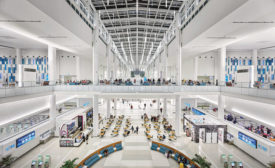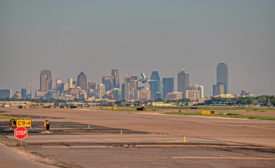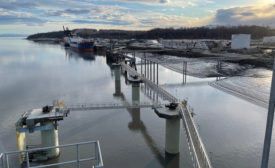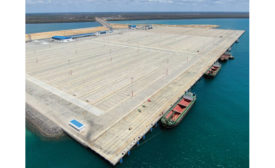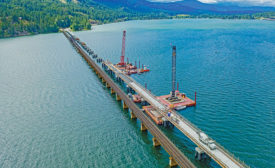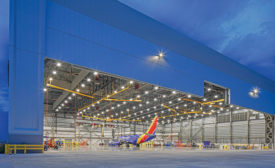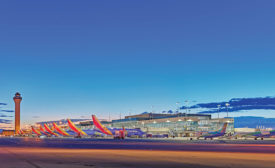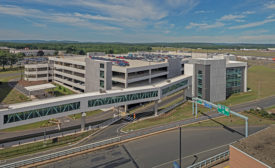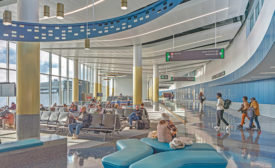Home » Keywords: » Airport/Transit
Items Tagged with 'Airport/Transit'
ARTICLES
2023 ENR Texas & Louisiana Best Projects
Best Airport/Transit: Dallas Love Field
December 11, 2023
2023 ENR Northwest Best Projects
Best Project, Airport/Transit: Port of Alaska Petroleum and Cement Terminal Phase 2
December 11, 2023
ENR 2023 Global Best Projects
Airport/Port Award of Merit - Lamu Port - First Three Berths and Associated Infrastructure
December 7, 2023
ENR Mountain States 2023 Best Projects
Award of Merit Airport/Transit: Sandpoint Junction
November 27, 2023
ENR Mountain States 2023 Best Projects
Best Project Airport/Transit: Utah Transit Authority
November 27, 2023
ENR Mountain States 2023 Best Projects
Award of Merit Airport/Transit: Southwest Airlines Technical Operations
November 27, 2023
ENR Mountain States 2023 Best Projects
Best Project Airport/Transit: Concourses B East & C East at Denver International Airport
November 27, 2023
ENR 2023 New England Best Projects
Award of Merit Airport/Transit: Bradley International Airport Ground Transportation Center
November 13, 2023
ENR 2023 New England Best Projects
Best Project Airport/Transit: Logan International Airport Terminal B to C Connector
November 13, 2023
The latest news and information
#1 Source for Construction News, Data, Rankings, Analysis, and Commentary
JOIN ENR UNLIMITEDCopyright ©2024. All Rights Reserved BNP Media.
Design, CMS, Hosting & Web Development :: ePublishing
